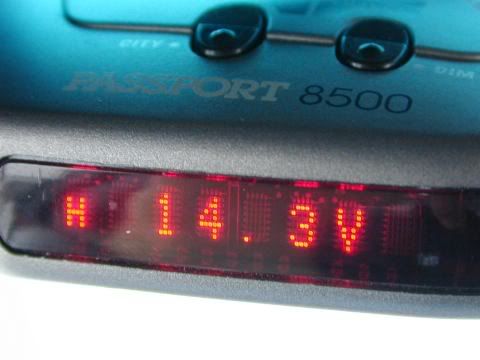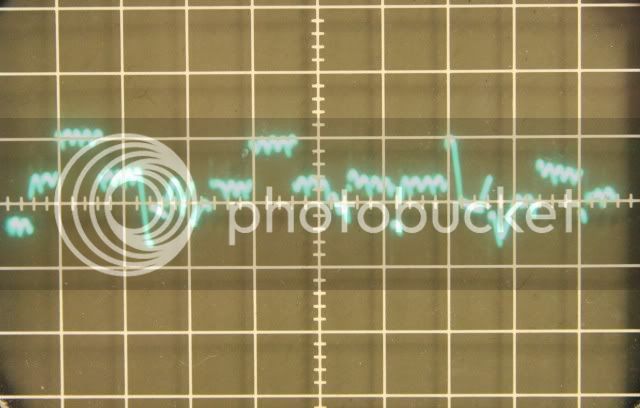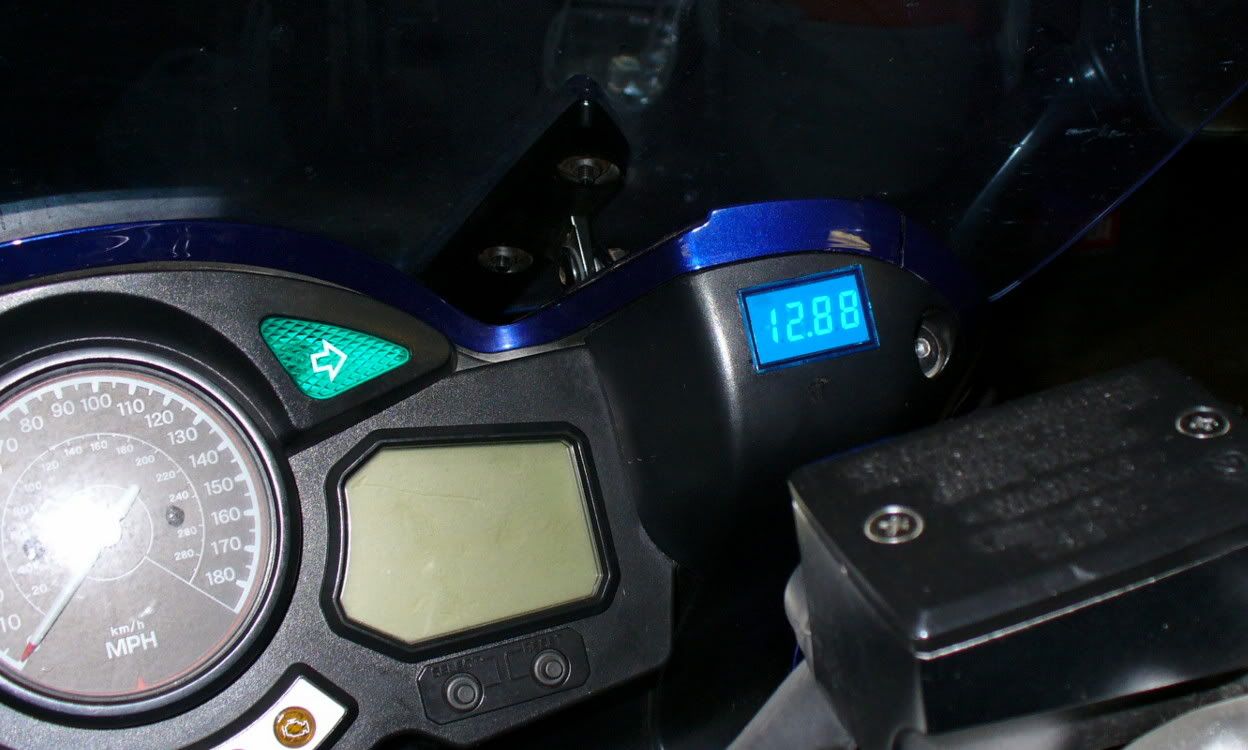SkooterG
Purveyor of Crooked Facts
Recently, in THIS THREAD, there has been some discussion on voltermeter readings using the Passport 8500X50 radar detector's voltmeter function. Also, the thread got into Ionbeam's apparent drop off in stator output observed by his Passport's voltmeter indications.
Well, here's some more fuel for the fire...........
Yesterday, vectervp1 came by to drop off the latest skiwi produced farkle - a metal base for the XM antennna puck. (Oooops, think I still need to pay for this little item! ) Anyways, vectervp1 had another new farkle that he had just installed - a new Datel voltmeter. He told me what the voltmeter readings had been on the ride down, and I told him they sounded low compared to what my Passport reads and what I thought was healthy.
) Anyways, vectervp1 had another new farkle that he had just installed - a new Datel voltmeter. He told me what the voltmeter readings had been on the ride down, and I told him they sounded low compared to what my Passport reads and what I thought was healthy.
To make a long story short, sort of, we connected my passport to his bike and compared voltage readings:
Here bike is running:
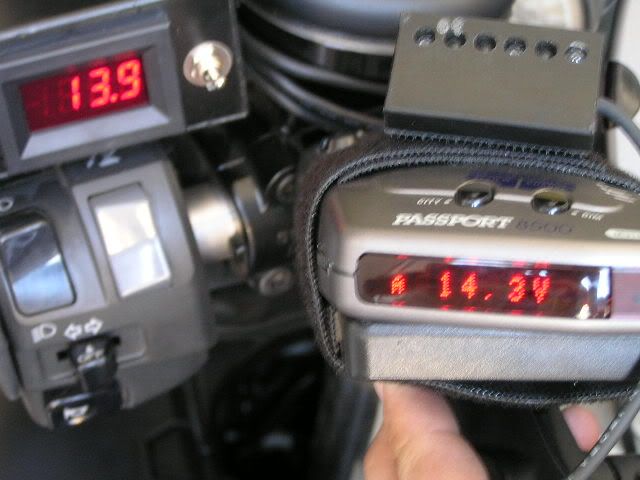
And here, engine is not running:
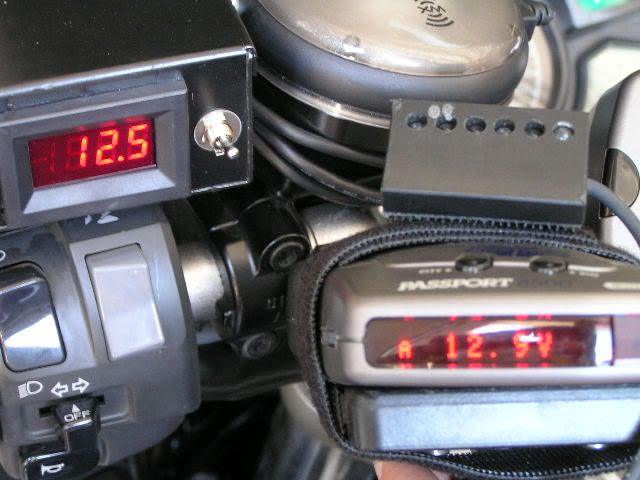
So, as you can see, the Passport is reading .4V higher in both cases. Sometimes, it would show .5V higher. You would have to aske vectervp1 for the details, but he mentioned that both are connected to the electrical system in about the same location.
I am assuming the Datel is more accurate. Any opinions to the contrary?
What should voltage reading be for a running engine with no additional electrical load other than normal?
My Passport reads 14.3-14.5V under normal conditions (my FJR) with engine running, vectervp1's datel was reading 13.9 pretty consistently under the same conditions (his FJR).
So, any thoughts by anybody in the know about this?
Well, here's some more fuel for the fire...........
Yesterday, vectervp1 came by to drop off the latest skiwi produced farkle - a metal base for the XM antennna puck. (Oooops, think I still need to pay for this little item!
To make a long story short, sort of, we connected my passport to his bike and compared voltage readings:
Here bike is running:

And here, engine is not running:

So, as you can see, the Passport is reading .4V higher in both cases. Sometimes, it would show .5V higher. You would have to aske vectervp1 for the details, but he mentioned that both are connected to the electrical system in about the same location.
I am assuming the Datel is more accurate. Any opinions to the contrary?
What should voltage reading be for a running engine with no additional electrical load other than normal?
My Passport reads 14.3-14.5V under normal conditions (my FJR) with engine running, vectervp1's datel was reading 13.9 pretty consistently under the same conditions (his FJR).
So, any thoughts by anybody in the know about this?




